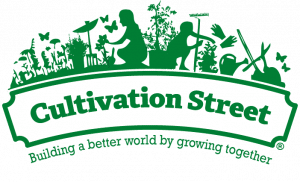Crops to grow year-round
Whilst traditional to sow and grow vegetables annually, it might surprise you that some crops keep growing year-round. Or for most of the year and these are known as perennial veg.
There are huge advantages to having perennial veg, the most important that you can harvest from many of them year-round. This saves you money, as you don’t have to buy fresh seed each year. Plus, this takes away the fear that slugs and snails might nibble through the fresh stems of young plants!
Once established they require less watering than annual veg and are a great way to fill the spring ‘hungry gap’. This is where winter crops have finished but the current year’s crops have yet to start producing their bounty.
In fact, every veg grower should consider including them in their veg plot for the ultimate in year-round fresh veg. Plant once, harvest year after year!
Perennial veg are mostly available online from specialist nurseries as well as larger Garden Centres.
Perennial Kale (Brassica oleracea (Acephala Group))
There are several types of evergreen, perennial kale available, most of which live for between 5 and 10 years. They have large, long, mild-tasting, green leaves and grow well in full sun or part shade.

‘Daubenton’s Green’ is a quite widely available variety. A fast grower with a rounded, shrubby habit, it has an ultimate height and spread of 120cm x 150cm. So, make sure you leave plenty of space around it when planting. It’s evergreen, so leaves can be picked from it 365 days of the year!
It will root easily from stem cuttings, although one plant will easily regularly feed a family of four. It is generally easy to look after, although pigeons can take a liking to them. In which case cover the crops with fine mesh netting.
Broad-leaved sorrel (Rumex acetosa)
Another green leaf plant, but with a taste of lemon, making it a wonderful addition to salads or sweet sorbet. The leaves are produced in abundance from late spring until late summer. However, it should continue to produce leaves year-round in all but the harshest climates. So, for colder regions, it might be best to grow the plant under cover. Or, if growing in pots, bring them into a greenhouse or conservatory over winter.
Red-veined sorrel is a more ornamental-looking variety, with long pointed leaves and a dark red mid-rib. It is also edible, but the taste is sharper than broad-leaved sorrel.
Sorrels are very easy to look after. Growing in full sun will produce the most leaves, but they can also be grown in part shade.

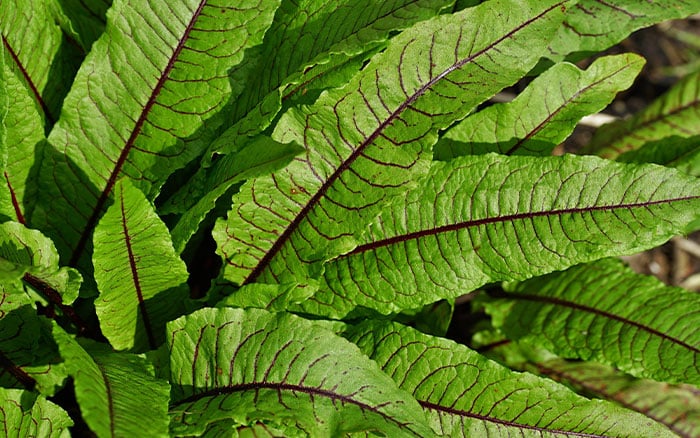
Perpetual spinach (Beta vulgaris subs. cicla var. cicla)
This is the ultimate, easy-to-grow and harvest, year-round, leafy veg with an average height and spread of 45cm. It looks and tastes like spinach, but it’s cut and comes again and won’t bolt, even in dry conditions.
Seeds can be sown directly into the ground between March and August and the leaves are picked year round.

Horseradish (Armoracia rusticana)
Horseradish is a leafy plant closely related to mustard and wasabi whose roots have been made into a fiery sauce for thousands of years. It looks a lot like dock, and like dock, can be invasive, so is best grown in a large pot.
Plants reach an average height and spread of 60cm and can be grown in full sun or part shade.
Horseradish sauce is made by grating the root of the plant. This is best harvested between late autumn and early spring whilst the leaves have died down. Spring is the time to buy roots either from online specialist veg suppliers. Or in the herb section of plant nurseries and larger garden centres.
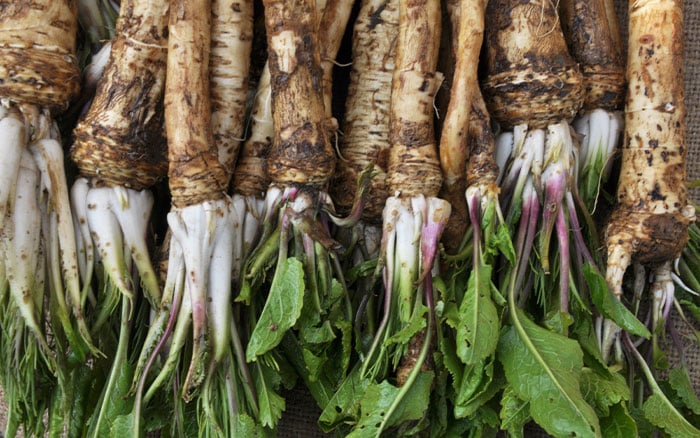
Babington's leek (Allium ampeloprasum)
This is another easy-to-grow, low-maintenance, perennial vegetable. Once established, they can be harvested by cutting at ground level. And then watch over winter as the crops regrow into new leeks! Don’t be alarmed if the plants die down during the summer months. This is part of their life cycle, and they should re-emerge during the autumn.
Plants will grow well in a wide range of garden soils, including clay, in full sun or part shade. And they will also tolerate an exposed location. Before the plant dies down in the summer it may produce a cluster of tiny bulbs. If planted, will sprout and form new plants.
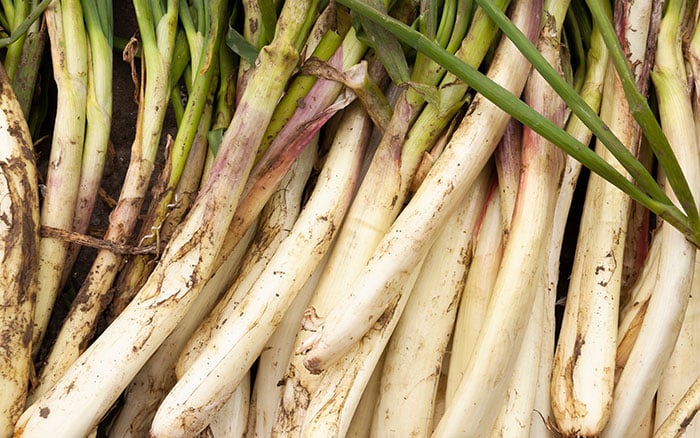
Herbs
Don’t forget herbs either, such as marjoram, thyme, rosemary and sage; all evergreen with culinary uses.
Watercress, (Nasturtium officinale), although related to kale and broccoli, is officially classified as an herb, and has peppery-tasting leaves. In the wild, it’s often found growing in running water and so should ideally be grown in soil that stays moist and in full sun. Picking leaves regularly encourages the crops to produce a succession of fresh leaves.
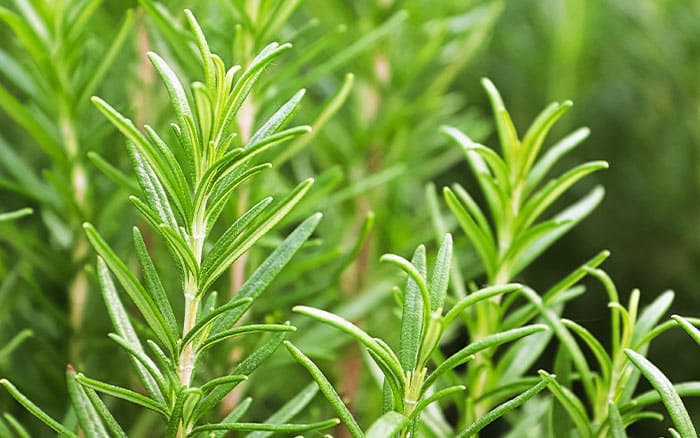
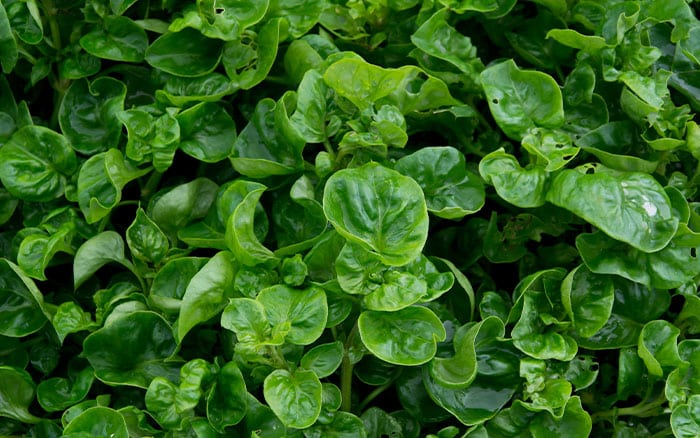
By growing these hardier and perennial plants, you can enjoy home-grown vegetables and nutrients throughout the year.
